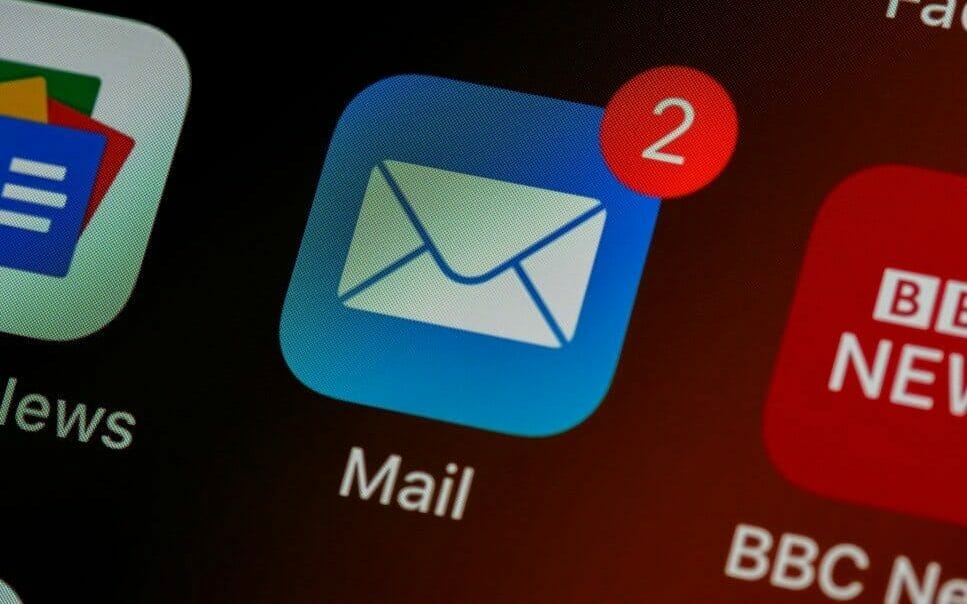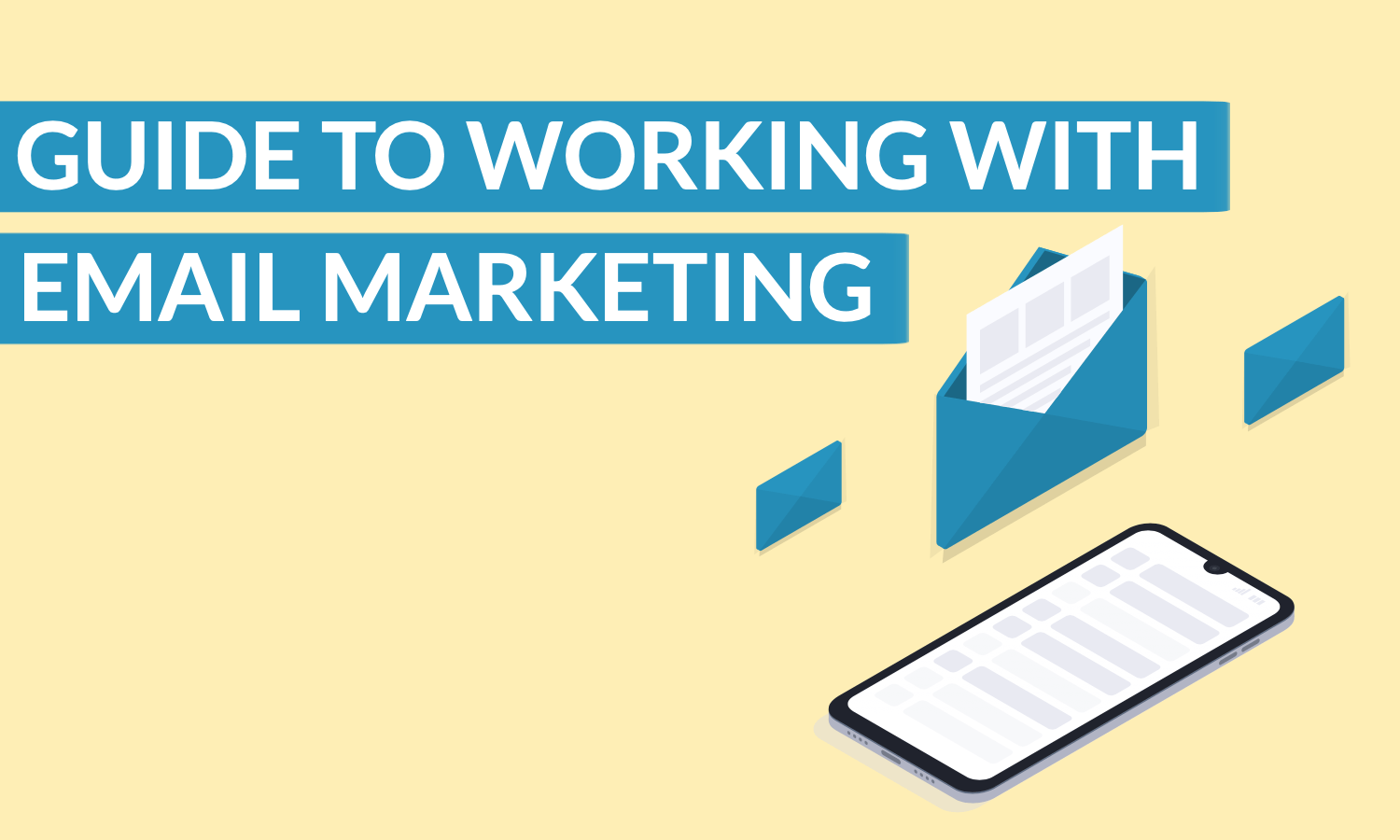The time has come to take the promotion of your site, brand, business… to an advanced level. How to make a good advertisement, decorated in such a way that it will not be intrusive, and yet reach a large number of people, over and over again? The answer is – email marketing. A very useful tool/feature for the product or products you offer. What email marketing really is and how it is applied, you will read below.
You have heard it is a genius thing, but you don’t know what it is, how to start, or what are the ‘tricks’. The basic definition of email marketing would be the following: Advertising products or services via email. The more advanced definition would look like this: Using email to develop a specific customer-client relationship.
We all often receive email advertisements from various organizations, companies… which are classic advertisements. They just offer products, discounts, promotions, and that’s it. This is the worst form of email marketing. A common misconception is that today social networks are the most suitable for marketing and that email simply cannot overpower them in that sphere. In practice, it actually looks quite different. There are companies that do great business without even having their own website, thanks to the email marketing campaigns and strategies they run.
What Approach Should Be Taken?
So, we established that it is very bad to advertise a product in a “BUY BUY BUY” or “DISCOUNT DISCOUNT” way. This approach is very irritating to users, it is offensive, and they do not connect with you in any way but only see your desire to pressurize them to acquire a product so that you can make money. Let’s make two comparisons. Let’s say you want to sell a juicer through your website:
Your email can be read as follows: “50% discount on the new generation juicer in our offer! ORDER NOW!”. Let’s say the email was received by 5,000 people, which you have on your email list (which we will talk about later). In the best case, half of that number will open an email, and about 100 people or so will actually be interested in buying it. Ask yourself, would an ad like this sound tempting and professional? What did you tell the user, apart from being very aggressive? Will the word “discount” immediately lead them to order your product and be very interested in it? They won’t. People find such ads repulsive.
With this approach, you will lose people who have subscribed to your emails, because they will either unsubscribe or will just redirect your emails to the spam folder because you are actually doing that, spamming them with unwanted information. In time, your brand name will be associated with boredom, not with quality service, and you certainly don’t want that.
What Should Actually Be Done?
Let’s assume that the content of the ‘proper’ email is as follows: “Delicious recipes with which you can make perfect and healthy drinks for you and your little ones. We have prepared video material and several different recipes for you to enjoy. Read more about everything on the link below.” Does the text mention anything about buying or selling something somewhere in text? No. Is there any mention of the juicer you want to sell? No. This kind of text will attract the attention of a large number of people and a lot of them will actually click on the link, and it is up to you to greet them with what was promised.
After watching the prepared material and reading the accompanying text, at the end of it all, there will be what? The most logical thing is the juicer you want to sell. Even then, the potential buyer should not feel a certain pressure, but you can write something like: “Did you like these recipes? With our juicer, you can make these delicious drinks 2x faster and use the maximum nutritious and healthy content of each fruit!” In this way, with discretion and non-intrusiveness, you offered your product. What follows after this and is very important? An email sequence…
Email Sequence
Okay, so you have introduced people in part to the product you offer, and now what? Some didn’t open the email, some forgot to open it, and some may not have even seen it. So you cannot rely on just one email. You have established a connection with customers and now, the story should continue. Based on the previous example, the next step would be, for example, an email with the title: “How to make the most of each fruit, to extract all the vitamins from it, including the peel? We have prepared great articles for you written by the greatest experts. Read more about this below.”
In this way, a certain sequence or follow-up is created, on the basis of which you gain the growing trust of your potential customers, and indirectly offer your product. Suppose you want to offer your customers a great weight loss product. The sequence of emails you would send would look something like this:
- First email – “Calculate your BMI”
- Second email – “Here’s how to calculate the average number of calories you need to eat, based on daily physical activity”
- Third e-mail – “20 recipes for a healthy meal that will satiate you, and after which you will not regret”
- Fourth e-mail – “15 reasons why you should take care of your appearance and therefore your health”.
- Fifth email – You are offering your product here. Based on all of the above in the previous emails, you will explain why your product is the ideal solution that will satisfy all of the above.
This is just one example of an email sequence, but the essence is the same – gradually presenting the problem and offering final solutions, after gaining trust.
The mailing list was mentioned. What is it? This is actually the beginning. If you are in a panic and think that you are overwhelmed with information, don’t worry – we will explain everything below. In order to come from the mentioned number of 5,000 people (and much more in the future), it is necessary to start from somewhere. Therefore, collecting email addresses is the driver of your marketing campaign.

How to Collect Emails Indirectly?
If your business has its own website (and it should), you will use it as a primary tool. For example, you can leave a blank field in the footer where users will be able to enter their addresses in order to receive the so-called newsletter, but this method is the least practical and you will not collect a large number of subscribers that way. A more efficient method is placing banners with a text whose content ‘entices’ users to leave their emails. For example: “10 mistakes you make when squeezing fruit. Leave your email address and we’ll send you an educational video with accompanying text and photos, for free”. People love when something is free.
A method similar to this would include a pop-up window, an advertisement that would pop up in the middle of the screen at some point, draw the user’s full attention to itself, and request an email as in the previous situation, based on enticing text. This method is a bit intrusive, but it is a psychological trick and works in practice.
What are the recommended tools for sending a large number of emails? As you probably guessed, huge email databases are not made on standard platforms. One of the most popular for this purpose is the Benchmark. This platform is great for both beginners and people who have already forged a craft. In the beginning, you will be offered a free package, based on which you will be able to have up to 250 emails in the database per month. When your email marketing strategy improves and you realize that you will exceed that limit, there are various packages on offer whose prices vary. On its site, you can read in detail how everything actually works, and it is very simple, trust us.
Squeeze Page
Quite by accident, it is associated with the mentioned juicer and fruit (we are playing with words here). This web page is created solely for the purpose of collecting emails. The unwritten rule is that it should not be used for anything else or, in other words, to contain links to other sites/offers. All the design and material on the page have only one goal – that users leave their emails. Here you need to get the user and explain to them why they should trust you and subscribe to your emails. In the beginning, only texts were present on these pages but today, video clips are becoming more and more popular.
What this page should contain:
- The title, identifying the problem and providing a solution.
- Offer, which briefly explains what users get.
- The form in which you asked users to write their names (you will find out why names are important) and email addresses.
- CTA (call to action), a button that again indirectly ‘entices’ you to click on it. It doesn’t just say “Send a message”, but e.g. “Start saving money now”. This approach, on its side, approaches the user from the psychological side and instills confidence in the product they need to buy.
- And, of course, a video clip where everything is explained in more detail.
Video clips are becoming increasingly popular, not only in email marketing but in this niche in general, primarily because people have less and less time to read long texts, but also because the visual representation of the product is more appealing, closer to the user, and listening live to the person telling the story of all that instills additional confidence.
How can people find out about your squeeze page? You could setup an affiliate campaign either in-house or via an affiliate marketing network to generate leads to your squeeze page.
Types of Emails
Email marketing can be done in several ways, and the types of emails that can be used for this purpose are as follows:
Transaction emails
After a transaction in the form of registration or purchase has been made, you can thank the user via a confirmation email. The email will surely be opened because users are impressed after buying the product, and that is a perfect chance for additional sales – offer them something that is convenient to use with the product they have already bought.
Welcome email
We mentioned that it is very important to know the name of the person you are addressing so the whole thing seems more personal and instills confidence. Make people feel special after registering and offer them certain discounts or benefits.
Additional offer
Remind users that you have acquired the additional stock of their favorite product. Let them see that you think of them and that you want to either offer them a product they have already tried or some new one that has just arrived, and they can be among the first to test it. It is another way to make them feel special in relation to the crowd.
Promotional emails
It is an indisputable fact that sometimes decisions are easier to make under pressure. Make an irresistible offer with a limited time to buy. For instance, for such promotions, you can take a certain holiday.
These are the most common types of emails and the most useful in practice. Carefully determine to whom you will send what and when – timing and targeting are very important factors in email marketing.
